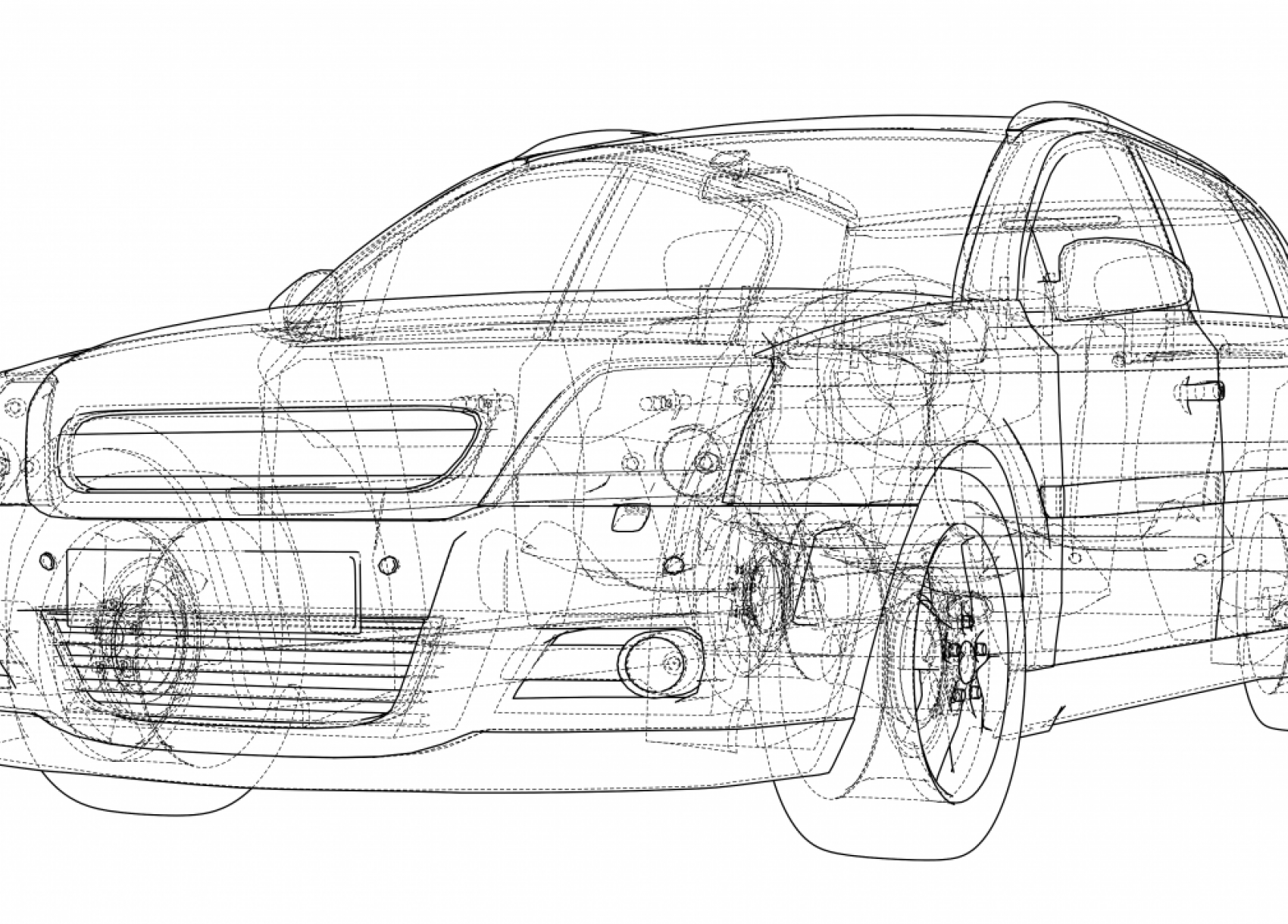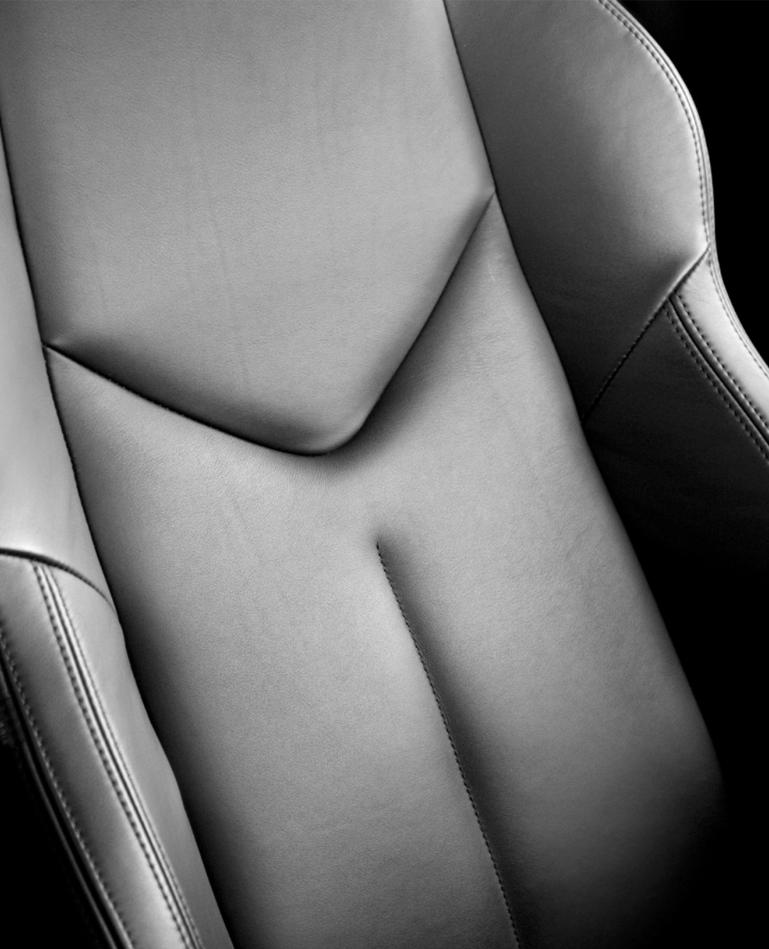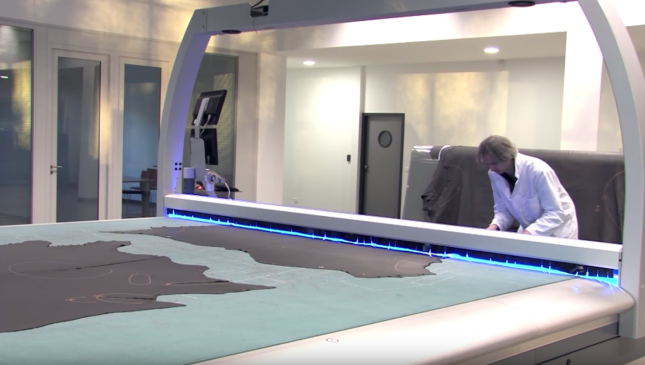In the first part of our series, we took a look at how digitalization is transforming the design and manufacture of vehicle seating. Now, we’ll take a look from the perspective of consumers, who expect an increasing level of personalization for the interior of their new car.
At no time over the last century has automotive development been so diversified, with automakers under intense pressure to innovate faster, and provide more new models and variants than ever before. Once measured in years, the development cycle for new models continues to get shorter. At the same time, the variety, complexity and sheer number of niche vehicles continue to increase, with a staggering number of interior options, leathers, fabrics and color combinations possible for each model.
Going digital for greater flexibility
So how can carmakers and the supplier ecosystem cope with this change in consumer expectations? One solution is through the digital transformation of their seating and interior development processes. Although original equipment manufacturers (OEMs) and suppliers developed seat trim covers for many years using foam and frame prototypes, the automotive industry was among the first to use sophisticated 3D CAD programs for vehicle design and development, excluding seat cover design.
Lectra has developed a state-of-the-art 3D pattern development solution for automotive that uses 3D models – typically called Standard Trim Outlines, or STO – along with 3D flattening software to create flat patterns from complex 3D models without draping on the actual foam, frames, or molds. This greatly reduces product development time, as engineers no longer have to wait for physical prototypes to begin designing the cover. Creation of the patterns to be sewn into the cover is carried out concurrently to the production of the foam and frame prototype, saving two to four weeks depending on the complexity of the design.
Benefiting from design to cost
With 3D pattern development tools, it’s also possible to move to a design to cost development process. Design to cost allows pattern developers to simulate the effects of material utilization on fabric or leather by making adjustments to the placement of sewing or cutting lines on the virtual seat cover. This new generation of software allows engineers to play out various “what if” scenarios of material consumption on the products they design before moving to physical prototypes. Incorporating these capabilities early in the design process is crucial to ensure optimum material usage at the production stage. Working on material optimization during design is crucial, because once a design enters production, the gains that can be made in this area are marginally incremental.
Optimizing industrialization
3D design also delivers other benefits that can both save time during product development and pinpoint potential issues otherwise only apparent during physical prototyping, or worse yet, during production. 3D software enables designers to apply design for manufacturing principles that are widely used in other areas of automotive product development, particularly in mechanical design. The design for manufacturing approach is rather new in the interior components industry, and Lectra was one of the pioneers of this technology. Using 3D pattern development software actually allows engineers to input the physical properties of the fabric, leather, and other materials they use in a seat cover, and then simulate the placement of seams to understand the impact of strain or compression on the foam and frame. Resolving these issues as early as possible in the design phase can help eliminate substantial engineering changes further down the line, in physical prototyping, or in production.
Limitless design variation
One of the key benefits of 3D pattern development is the ability to test design variants in real time. This means combinations of colors, textures, seams, leather, fabrics and stitching can be tested virtually to determine the most suitable design for any component. This is done by overlaying flattened patterns on files simulating the fabrics or leathers that will be used. Once overlaid on the images, the flattened patterns can be rewrapped with the image on the virtual 3D prototype. This allows engineers to spot potential fabric or leather deformation issues before production. They can also simulate different stitching patterns and trenches on the 3D model without ever making a physical prototype. Once the design has been approved, the files of the 3D model can be exported to sophisticated software programs to create life-like renderings. The end-to-end development pocess saves time, but also minimizes the cost of physical prototyping.
In part three of our series, we’ll take a look at how new methods of digital cutting are unlocking additional savings in the production process.






